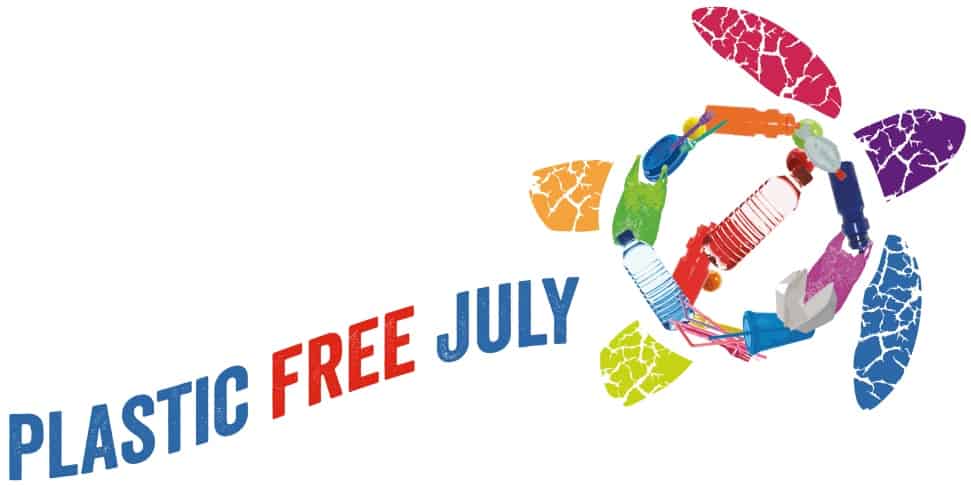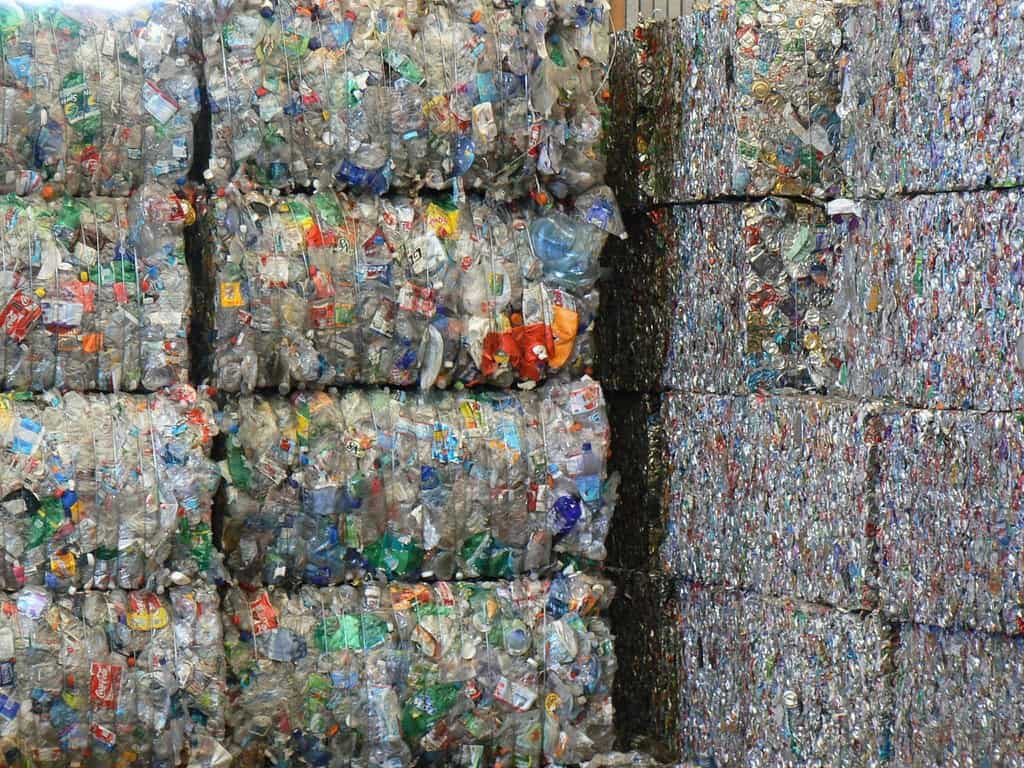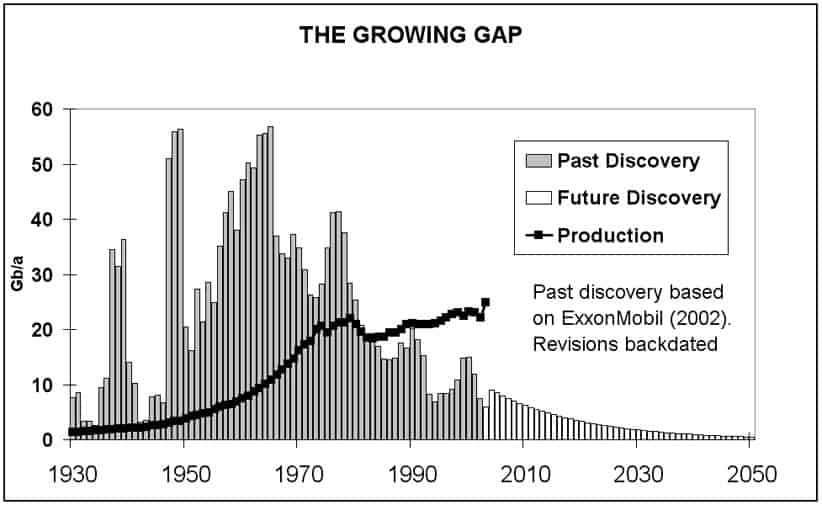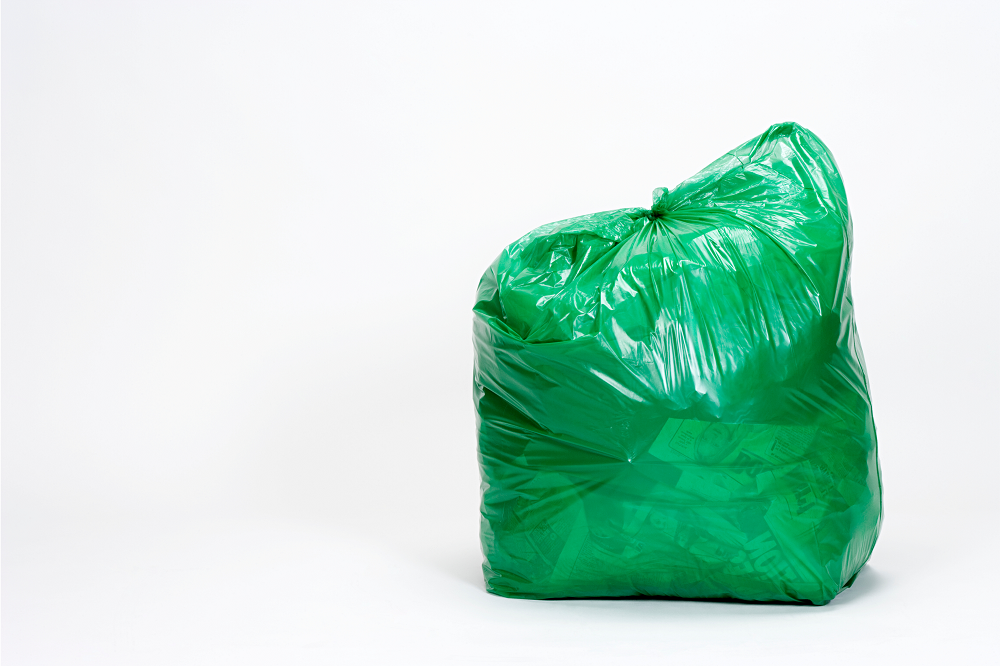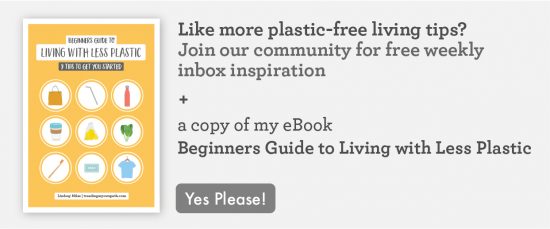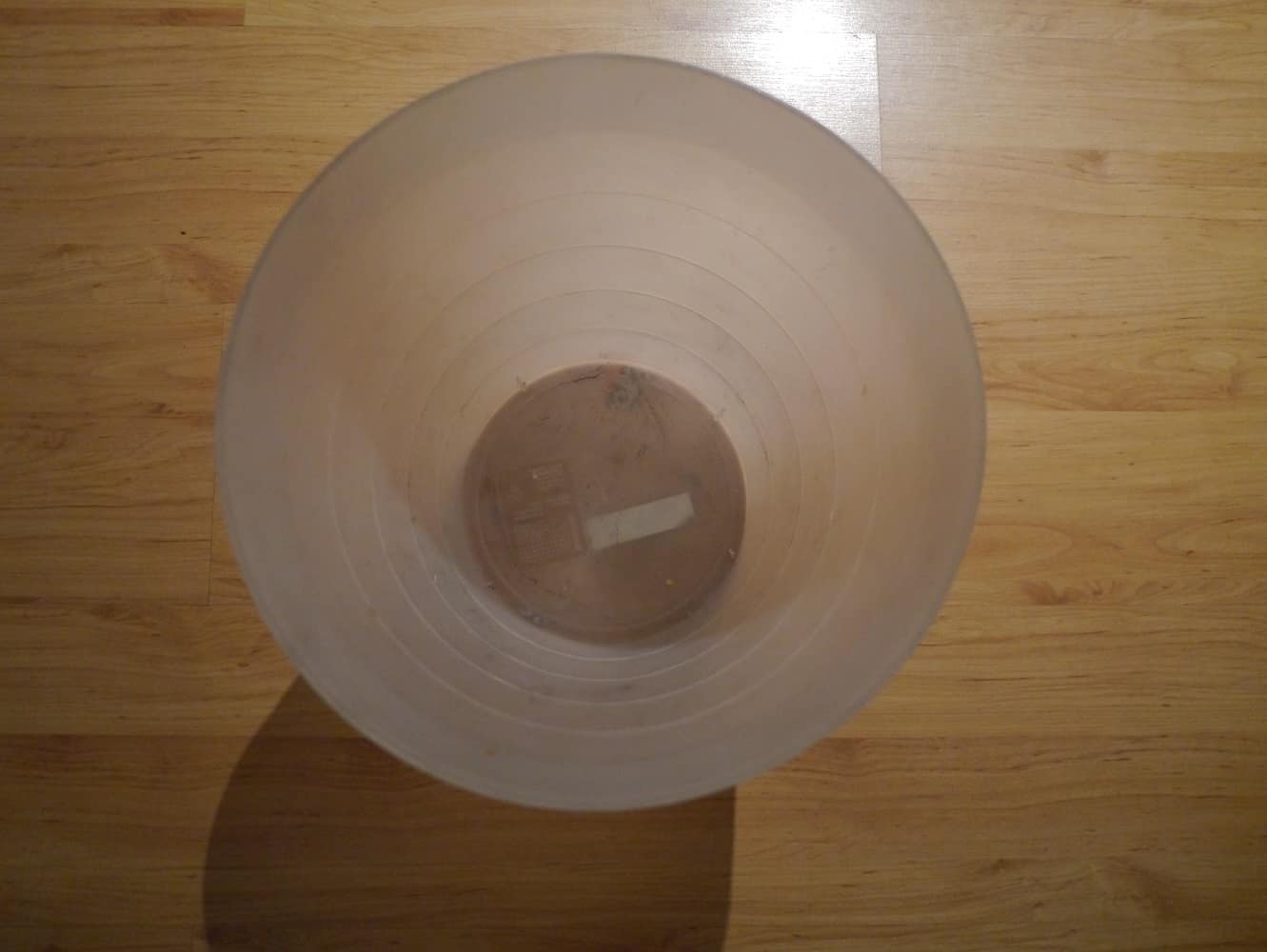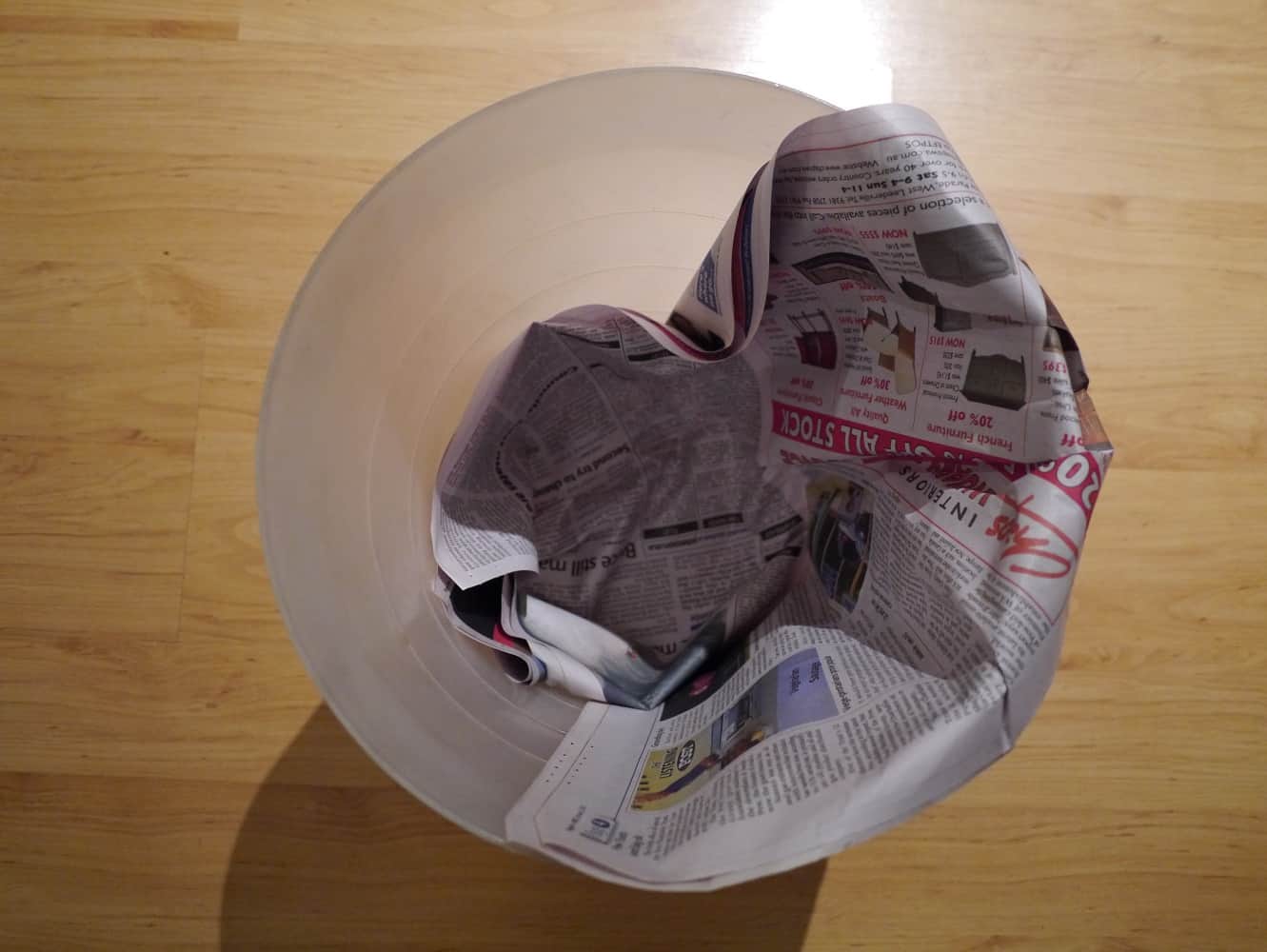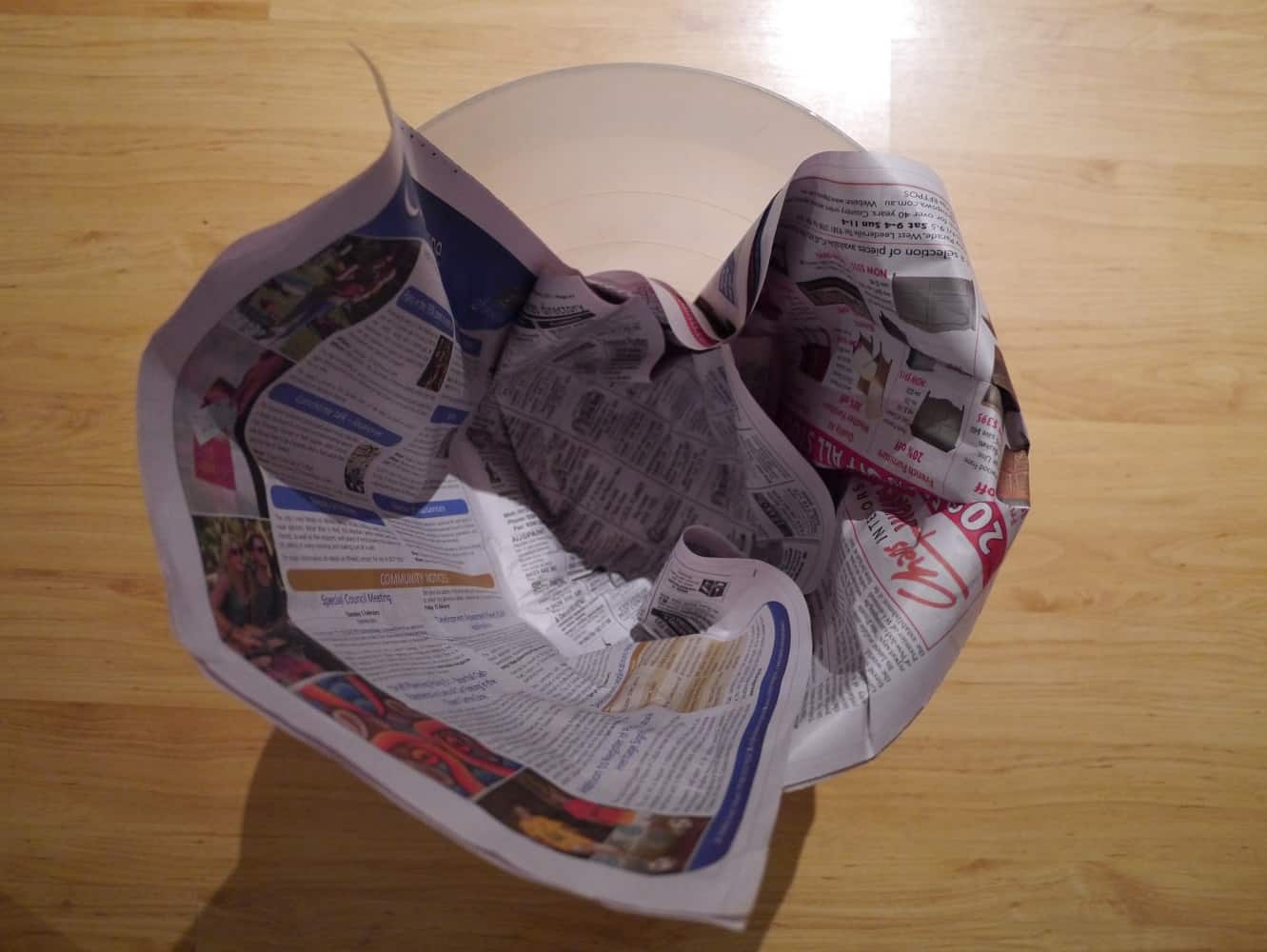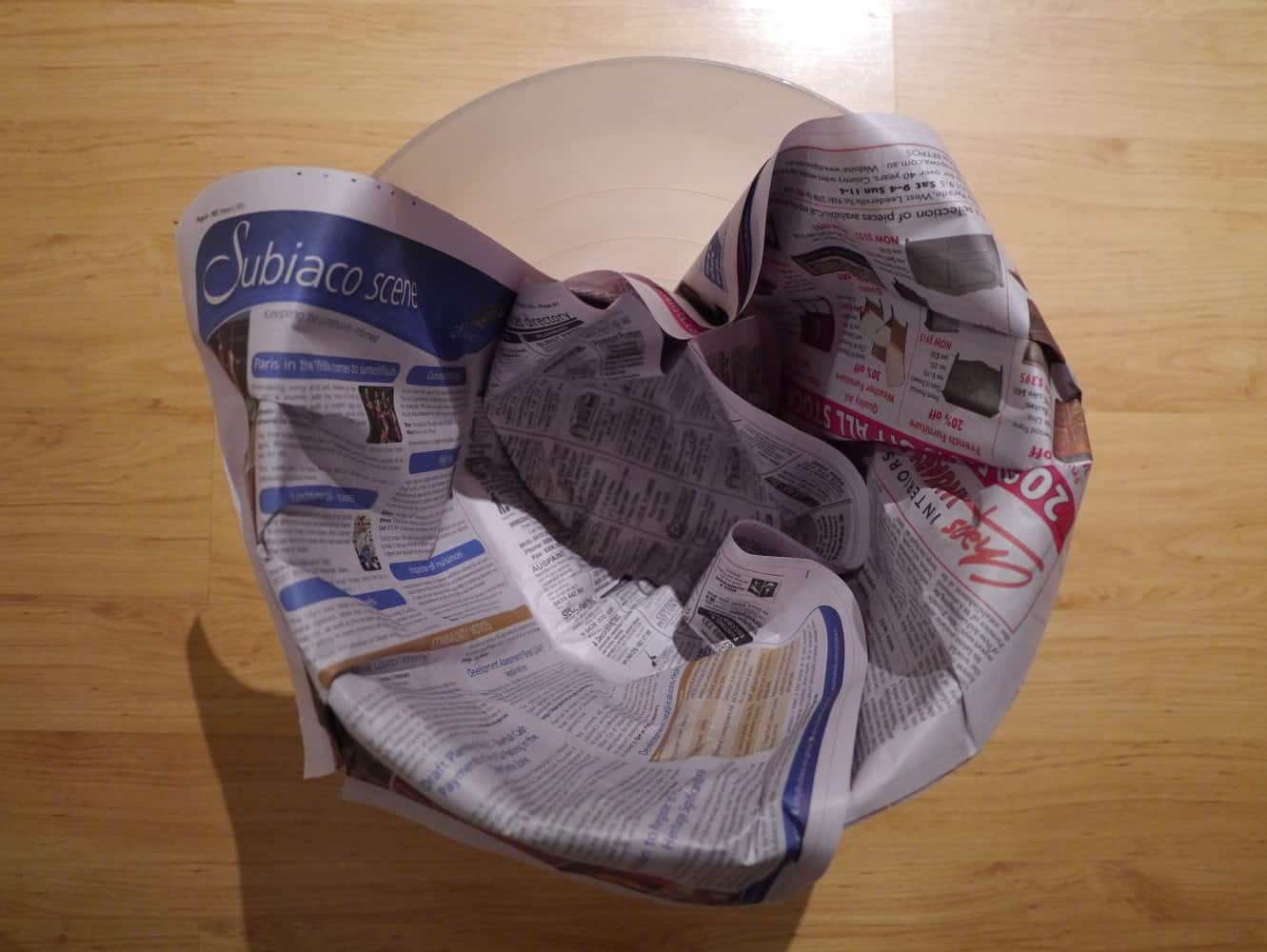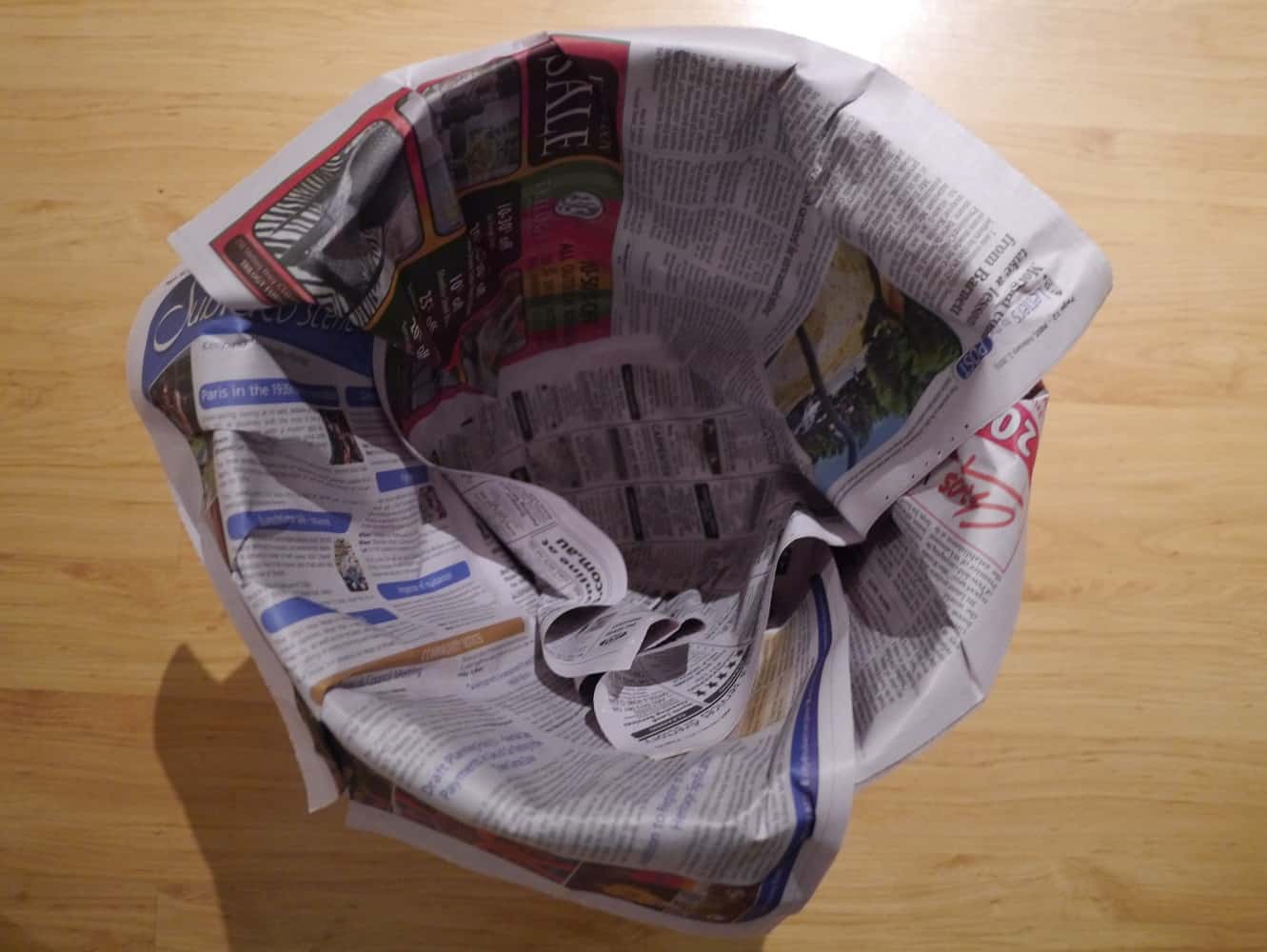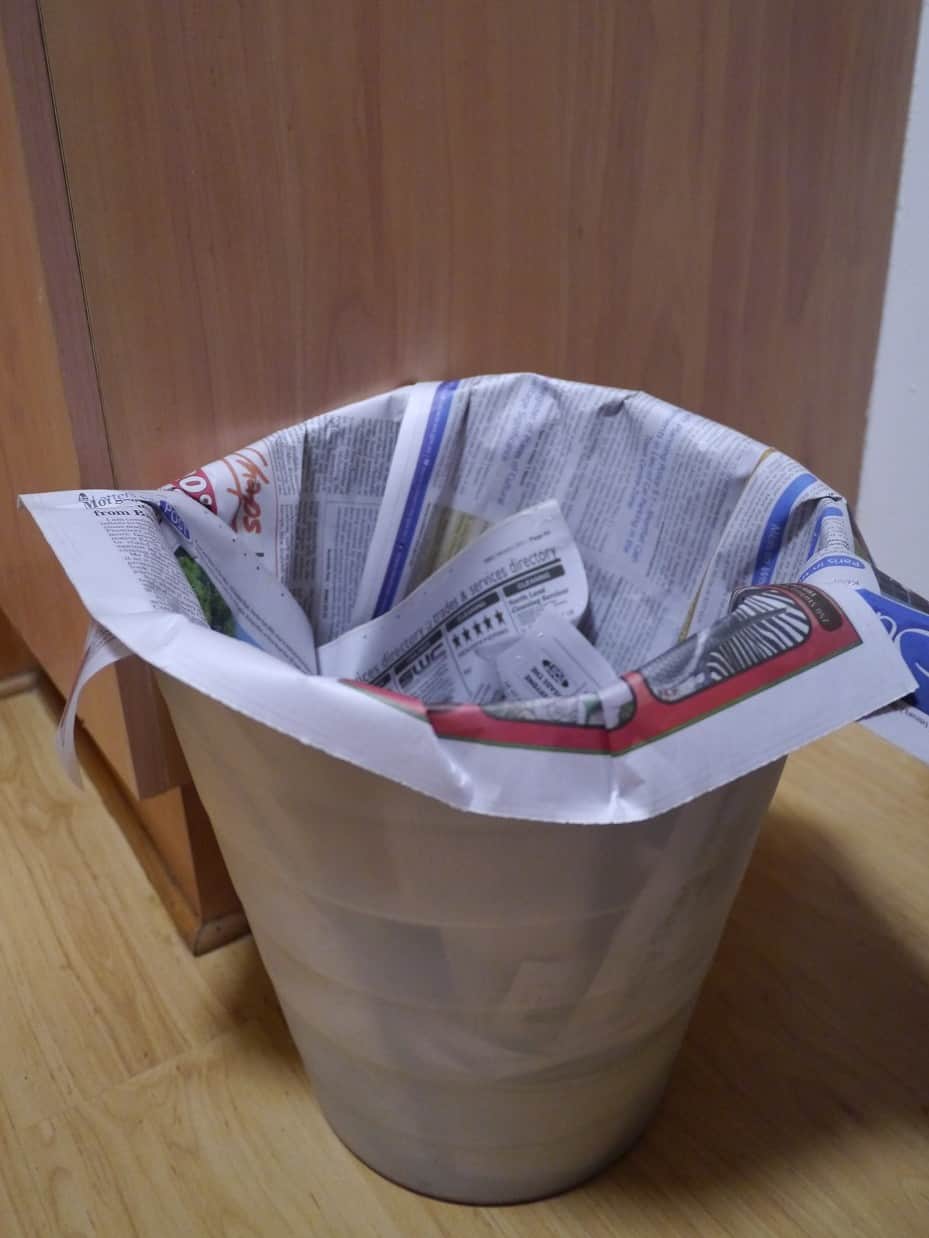Going Plastic-Free in Asia (Part Two – all the other plastic)
My goal was to travel around Thailand for four weeks without consuming any single use plastic. It’s what I do at home, so why should anything be different whilst I was away? I’ve already talked about how I avoided using disposable water bottles, which I thought would be the biggest battle. But there were other contenders.
The plastic straw
Thai people love straws. I thought the straw problem was bad in Australia, but there is a whole other level of straw-dependence over there. Every single drink seems to come with a straw. Of course the obvious smoothies and cocktails come with plastic straws. But less obvious drinks come with them too. If you buy bottled water to take away, it comes in a plastic bag and with a straw. If you buy a tin of fizzy pop, a straw is neatly tucked under the ring pull. Even tins of iced coffee and beer come with straws. It seems that the cultural norm is to drink your drink with a straw. Everyone does it.
Except, we didn’t want to use plastic straws.
I don’t know how to say “please don’t give me a plastic straw” in Thai. Fortunately, this didn’t matter, because I’d brought a stainless steel reusable straw with me from home. It was the single most used item on the trip. Whenever I purchased a drink, I’d whip out my straw and demonstrate that I had one, and no straw would come with the drink. I’m sure they all thought I was a crazy Westerner, but at least I was keeping to the local custom!
There were a couple of occasions where the staff forgot (there were two times that I can remember) and brought me a straw. I handed them back immediately unused, hoping that the straws would be washed and reused, but of course, they went in the bin. So usually I’d watch as staff prepared my drink, and if I saw any hands heading near the straws I’d run over, flailing my arms in the air until they panicked and handed the straw-free beverage over. I may have looked mad, but it worked.
The plastic bag
The plastic bag is the other obvious contender, and you’d be forgiven for thinking it would be pretty easy to avoid these. Just say no when you buy something, right? But there were a couple of complications.
The first was laundry. In Thailand self-serve laundromats aren’t very common, and instead people offer a private laundry service where you pay by weight. You drop your laundry off and pick it up 24 hours later, smelling fragrant, neatly pressed… and folded in a plastic bag. It’s not like we could not use a bag altogether, because we’d have ended up dropping our underpants and socks all the way down the street. Fortunately we had brought a calico bag with us and we were able to use this instead.
The second was that Thai people used plastic bags as a vessel for food and drink. Literally. They pour cold drinks, hot soups, curry, sauces, coconut milk, you name it, into plastic bags, seal them up, and send you on your way.
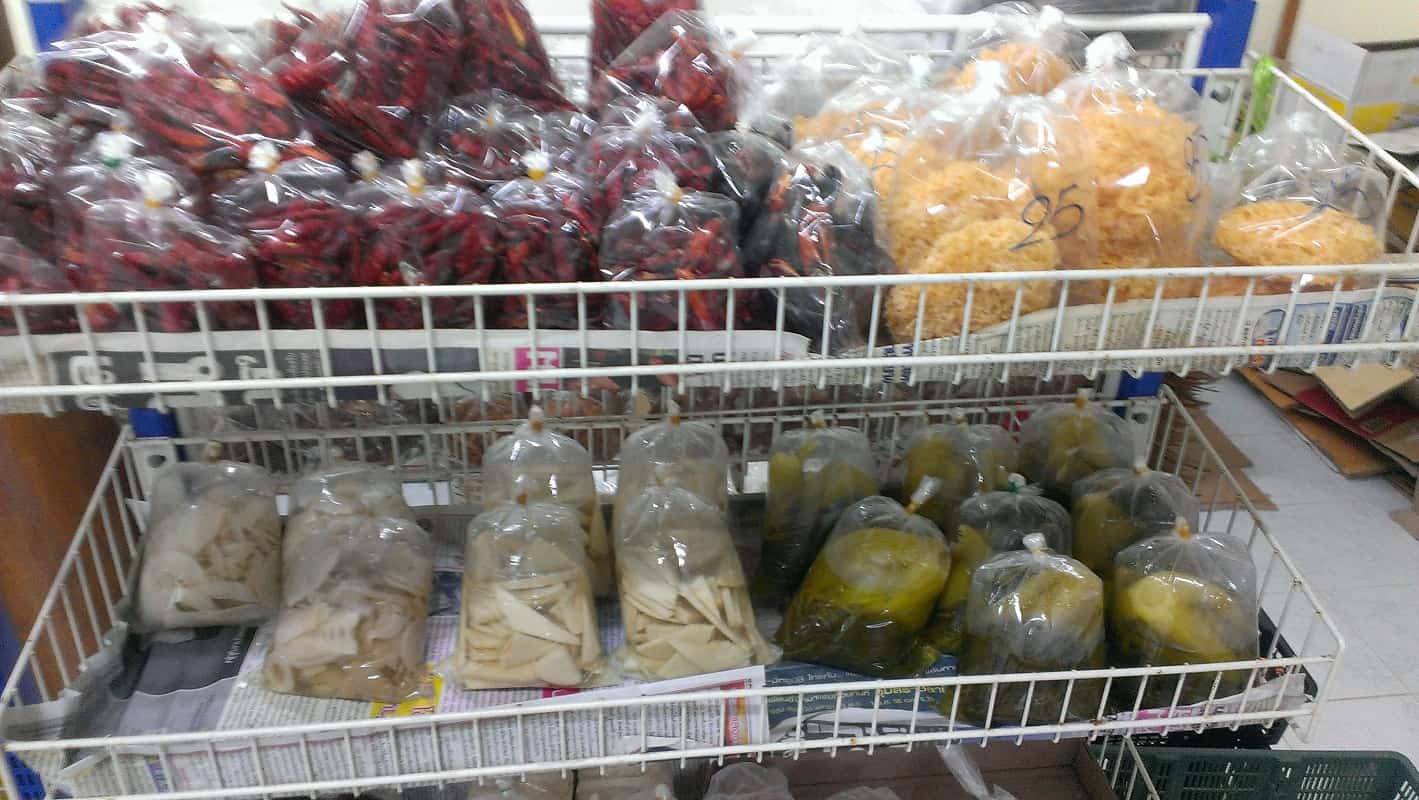 There’s no way I’d want to eat or drink anything served that’s been transported and stored in a plastic bag, even if I hadn’t given up plastic. Fortunately, our KeepCups served as containers for food, so the few times we bought something as takeaway, we didn’t need to use plastic bags.
There’s no way I’d want to eat or drink anything served that’s been transported and stored in a plastic bag, even if I hadn’t given up plastic. Fortunately, our KeepCups served as containers for food, so the few times we bought something as takeaway, we didn’t need to use plastic bags.
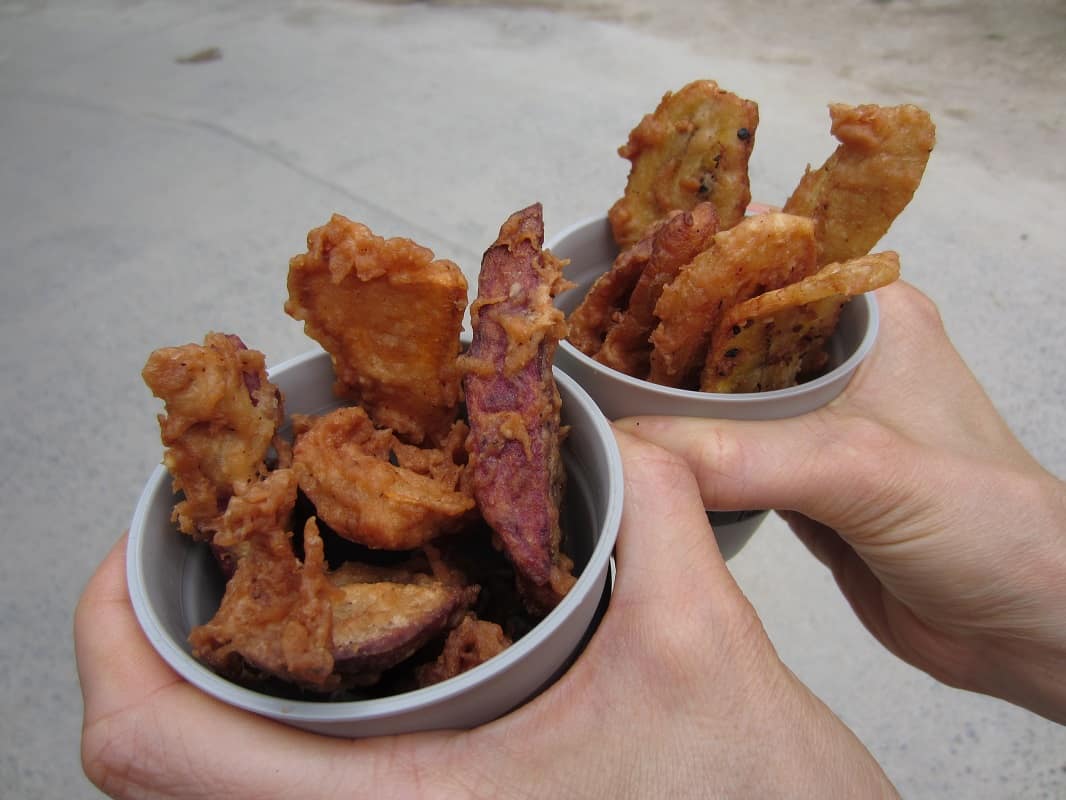
Battered, deep-fried sweet potato and banana – so delicious! We used our KeepCups rather than any disposable packaging.
The most important place to avoid plastic is at the beach. There are no bins so the options for rubbish disposal are taking it home, leaving it there or burying it. Of course, with the last two, it’s only a matter of time before it gets washed out to sea. Best to avoid disposable plastic altogether!
Other Disposables
The main other disposable plastics that we were faced with were styrofoam trays (for takeaway food items) and plastic cutlery (for takeaway food items). We avoided using plastic cutlery by taking our own re-usable bamboo cutlery. The spoon was useful for ice cream and getting all the tasty coconut meat out of the drinking coconuts once they were empty, and I even managed to skin and chop up a whole mango with the knife!
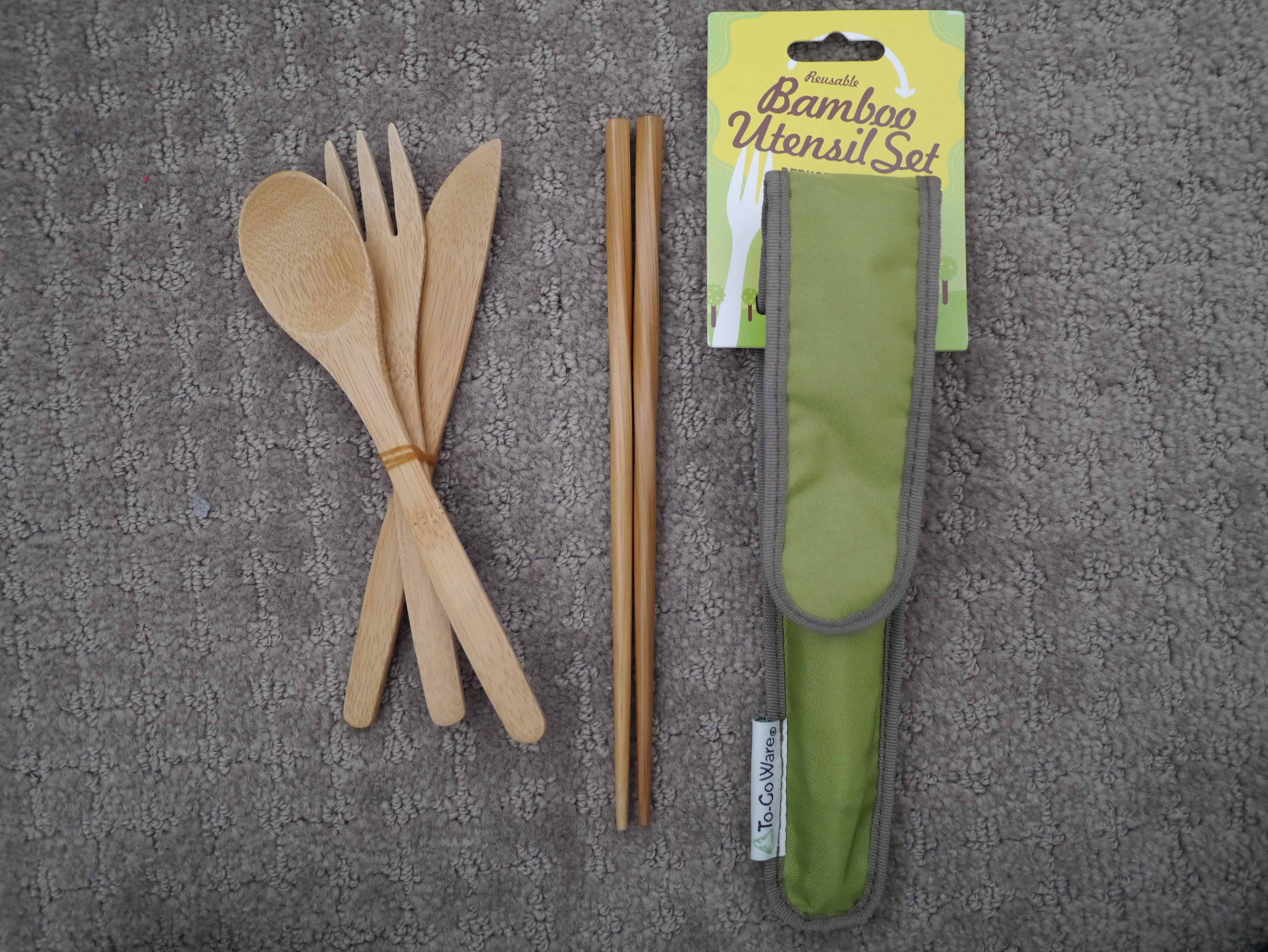 As for styrofoam, and any disposable food packaging, we avoided this by choosing to dine in rather than get takeaway. The food was fresher, we got to sit down and use metal cutlery and it looked so much more appetizing on a plate rather than stuffed in a plastic bag or cling-wrapped in styrofoam.
As for styrofoam, and any disposable food packaging, we avoided this by choosing to dine in rather than get takeaway. The food was fresher, we got to sit down and use metal cutlery and it looked so much more appetizing on a plate rather than stuffed in a plastic bag or cling-wrapped in styrofoam.
Tips for Keeping Plastic-Free
There was a lot of plastic to avoid as so much stuff was packaged this way, but keeping plastic-free didn’t mean going without, it just meant looking a little bit harder for what we wanted.
I took a reusable straw, a reusable cutlery set, a KeepCup (which is a coffee cup with a lid that can double up as a small container), a cloth bag and my water bottle. All of these were invaluable. The only additional thing I’d take if I went back is a small sealable plastic container (Tupperware or similar), because the KeepCups were a little too small for most food.
 Amongst all the plastic out there, there were plastic-free options, which were exciting to find! These bananas were barbequed, pressed and smothered in coconut sauce, and then served on banana leaves. Plastic-free definitely makes things taste more delicious!
Amongst all the plastic out there, there were plastic-free options, which were exciting to find! These bananas were barbequed, pressed and smothered in coconut sauce, and then served on banana leaves. Plastic-free definitely makes things taste more delicious!
[leadpages_leadbox leadbox_id=1429a0746639c5] [/leadpages_leadbox]





